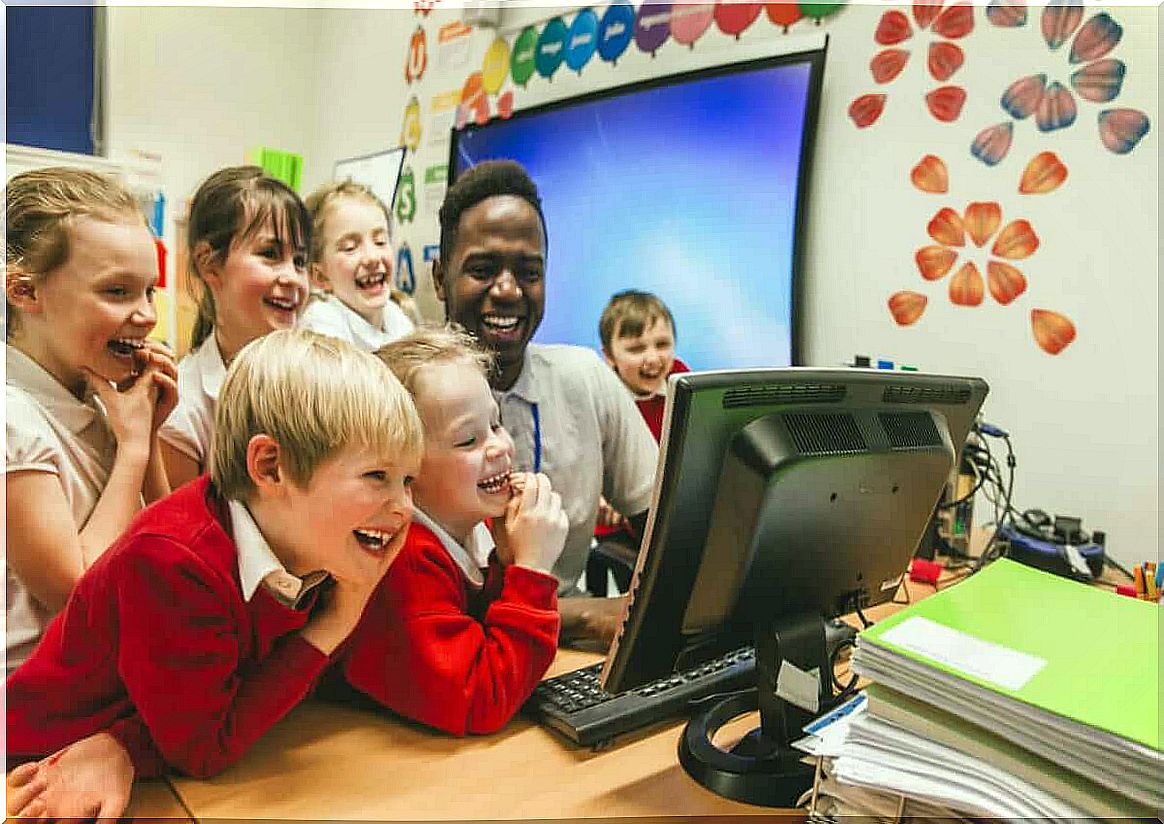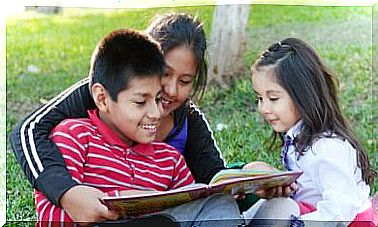Emotions In The Classroom

Much has been said and written, and will still be said and written, about the need to work on emotions in the classroom. This is because it is essential, at all ages and levels of education, that emotions and feelings are part of the curriculum, so that students develop strong emotional intelligence.
What do we know about emotions and feelings?
Emotions are psychophysiological responses or reactions that the body generates to situations, people or objects in our environment. Thus, an emotion represents a mode of adaptation that a person has, which physiologically organizes different responses from different biological systems (facial expressions, muscles, endocrine system, etc.).
Feelings, in turn, refer to both a state of mind and a conceptualized emotion. In other words, feelings are the result of emotions, as they last longer and can be verbalized. So the difference between emotion and feeling has to do with intensity and duration. An emotion is shorter and more intense.
So, sadness, joy, anger, anger, fear or nostalgia are reactions and therefore emotions that a person can feel. They are almost automatic responses to a change, a situation, a person or an object. And, in turn, if these emotions persist over time, they can become feelings.

Why work on emotions in the classroom?
Working on emotions in the classroom is essential for the correct development and conformation of the personality of children and adolescents. It is necessary that children and young people learn to recognize their emotions and those of others, learn to talk about them and control them at every moment.
Being able to control anxiety, stress, depression and frustration is possible if children learn to control their emotions early on. Improving self-esteem, relating to others and achieving personal goals is closely related to emotional control. That is, with a person’s ability to regulate their emotions and self-regulate when necessary.
Thus, fulfilling the goals of an emotional education are the reasons why emotions should be worked on in the classroom. And these goals are for children and young people to be able to:
- Knowing, recognizing, understanding and describing one’s own emotions and those of others.
- Learn strategies and develop skills to control negative emotions and generate positive ones.
- Avoiding and preventing negative or harmful consequences of negative emotions.
- Develop positive and optimistic attitudes towards life.
- Be aware of the benefits and well-being brought about by positive emotions.
How to work emotions in the classroom?
Educators must be able to plan educational actions to work emotions in the classroom, with the aim of generating strategies for controlling emotions by children and adolescents. Thus, to achieve a progressive development of students’ emotional intelligence, it is essential to work on empathy, developing proactive or proactive attitudes and assertiveness.
Moreover, it is important that the emotions can be worked in the classroom as a content itself, but also as a transversal content. By their very characteristics, emotions represent adaptive processes to different environments and activities. Therefore, they will always be present in every moment of teaching-learning, of any school subject.

Activities to work emotions in the classroom and at home
Finally, let’s present some options for both educators and parents to work emotions with their students and children:
- School assembly. Because of its particularity, sharing and dialogue, the school assembly is a good time for educators to work emotions with children. For example, asking about what they did the day before at home. Talking to the little ones about how they felt, how they feel and why is the first step in getting them to know their emotions.
- Reading. The narration or reading of stories and tales is an ideal strategy to work emotions, since, through the characters, what they feel and experience, it is possible to recognize and identify the different emotions.
- Problem situations. This is an activity best suited for teenagers. Based on the survey of a problematic situation, it is about discussing the emotions that are at play, understanding the whys and analyzing the options and strategies to modify, accept or control emotions. They can be situations like a fight with the parents, the loss of a loved one or the non-fulfillment of some personal objective, for example.
- Draw. Drawing emotions is a good strategy for children to express, define and express their emotions. Colors and painting are an excellent educational strategy to delve into the subject and talk about what we feel, as well as allowing us to learn more about the emotions we paint.









